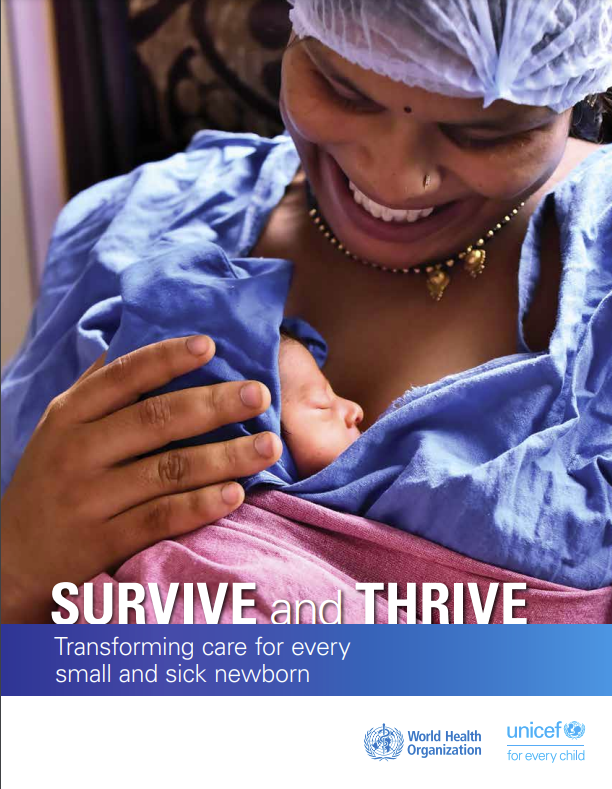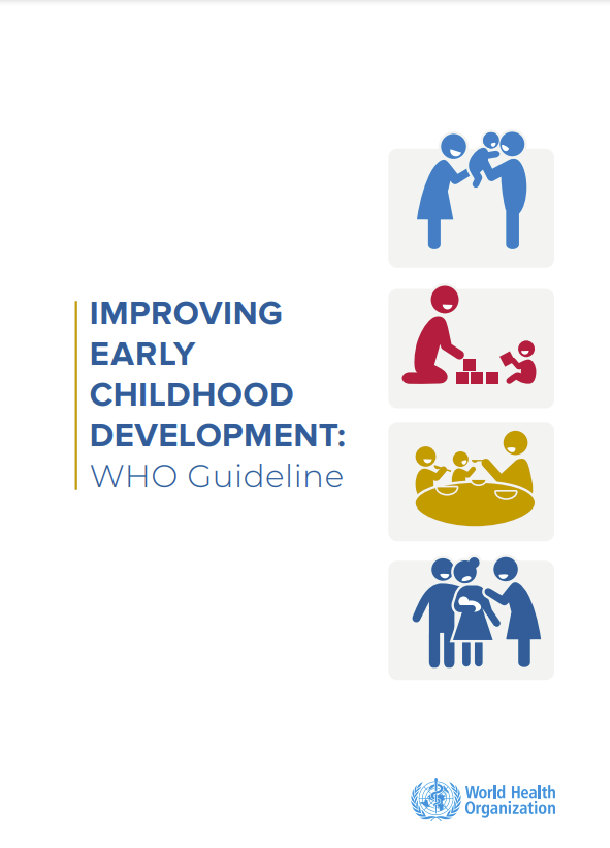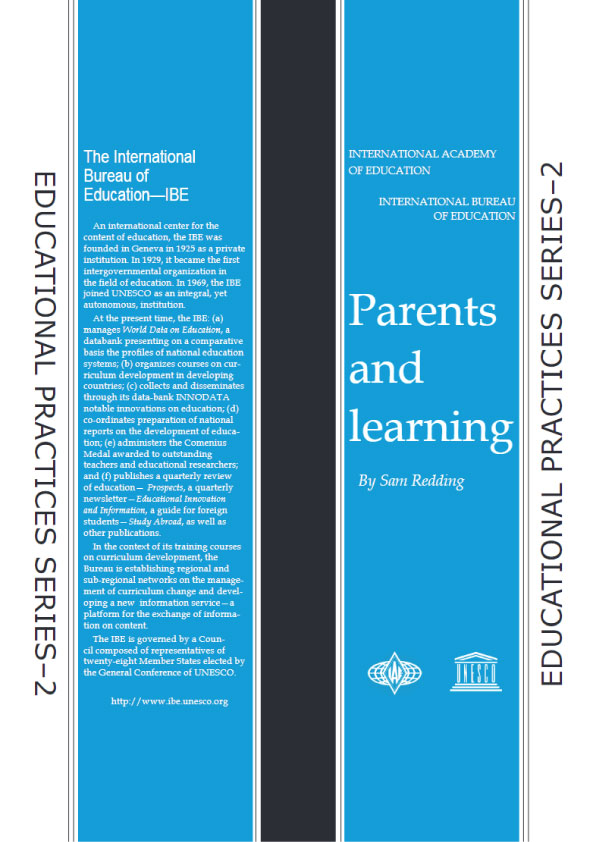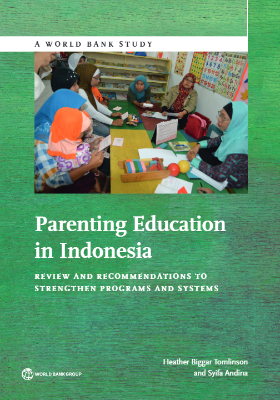WHO Survive and thrive: transforming care for every small and sick newborn maps out a pathway towards 2030. It is built upon epidemiology, historical trends, lessons learnt and evidence-based interventions.
If appropriate action is taken globally, small and sick newborns can and will survive and thrive as future productive members of society. With strategic partnerships and innovative approaches, the international community can transform all aspects of newborn care, from its availability and quality to its uptake and affordability.
According to this report, the world will not achieve the global target to achieve health for all unless it transforms care for every newborn. Without rapid progress, some countries will not meet this target for another 11 decades. To save newborns, the report recommends:
Providing round-the-clock inpatient care for newborns seven days a week.
Training nurses to provide hands-on care working in partnership with families.
Harnessing the power of parents and families by teaching them how to become expert caregivers and care for their babies, which can reduce stress, help babies gain weight and allow their brains to develop properly.
Providing good quality of care should be a part of country policies, and a lifelong investment for those who are born small or sick.
Counting and tracking every small and sick newborn allows managers to monitor progress and improve results.
Allocating the necessary resources, as an additional investment of US$ 0.20 cents per person can save 2 of every 3 newborns in low- and middle-income countries by 2030.
KEY MESSAGES
Transforming hospital care for 30 million vulnerable newborns,1 who are currently being left behind, is a smart investment that will unlock substantial human capital. Achieving the Sustainable Development Goals (SDGs), including universal health coverage (UHC), by 2030 requires action now to provide care for all small and sick newborns.
• Surviving: More than 2.5 million newborns – mostly those born small or sick – died in 2017 from preventable causes, most notably prematurity, complications around the time of birth, infections and congenital conditions. Some died because the care they received was of poor quality, others because they received no health care at all. To meet the SDG 3.2 target for newborn and child survival, countries need to transform special and intensive care in hospitals.
• Thriving: Every year, 30 million newborns require quality special or intensive newborn care in a hospital setting. These newborns can and will survive and thrive as productive members of our societies, provided they are given high-quality inpatient care at the right time and in the right place, including follow-up care and family-centred care.
• Transforming: Cost effective solutions exist for the main causes of newborn death and disability. To achieve UHC, there must be innovation through people-centred care, locally-designed technologies, financial protection, and parent power and partnership. Ensuring the recruitment, training and retention of adequate cadres of skilled nurses is particularly crucial. Social norms also need to be transformed such that newborn mortality is no longer considered as inevitable.
• Impact with equity: The lives of 1.7 million newborns could be saved each year by investing in care for every newborn, everywhere, including in humanitarian settings. While maternal and essential newborn care must be considered the foundation of care, the addition of special and intensive care services for small and sick newborns represents a smart investment. Such special and intensive services could save 747 400 lives, reducing newborn mortality by almost half, promoting child development and fostering economic productivity.
• Counting: Accelerating change requires improvements in the routine collection of data focusing on service coverage, quality and outcomes, in addition to ensuring better use of existing data, thereby promoting accountability and action.
Survive and thrive: transforming care for every small and sick newborn, focuses on the world’s most vulnerable newborns. It outlines the global problem, showcases progress, summarizes what can be done to transform inpatient care for small and sick newborns, and demonstrates the importance of data to guide investment and improve quality and equity.
The report contributes to achieving the objectives set out in The global strategy for women’s, children’s and adolescents’ health (2016–2030) (1) and builds on the momentum of Every newborn: an action plan to end preventable deaths (2). It presents a clear call to action to accelerate progress towards the SDGs to ensure every newborn has the chance to live a healthy and productive life.











